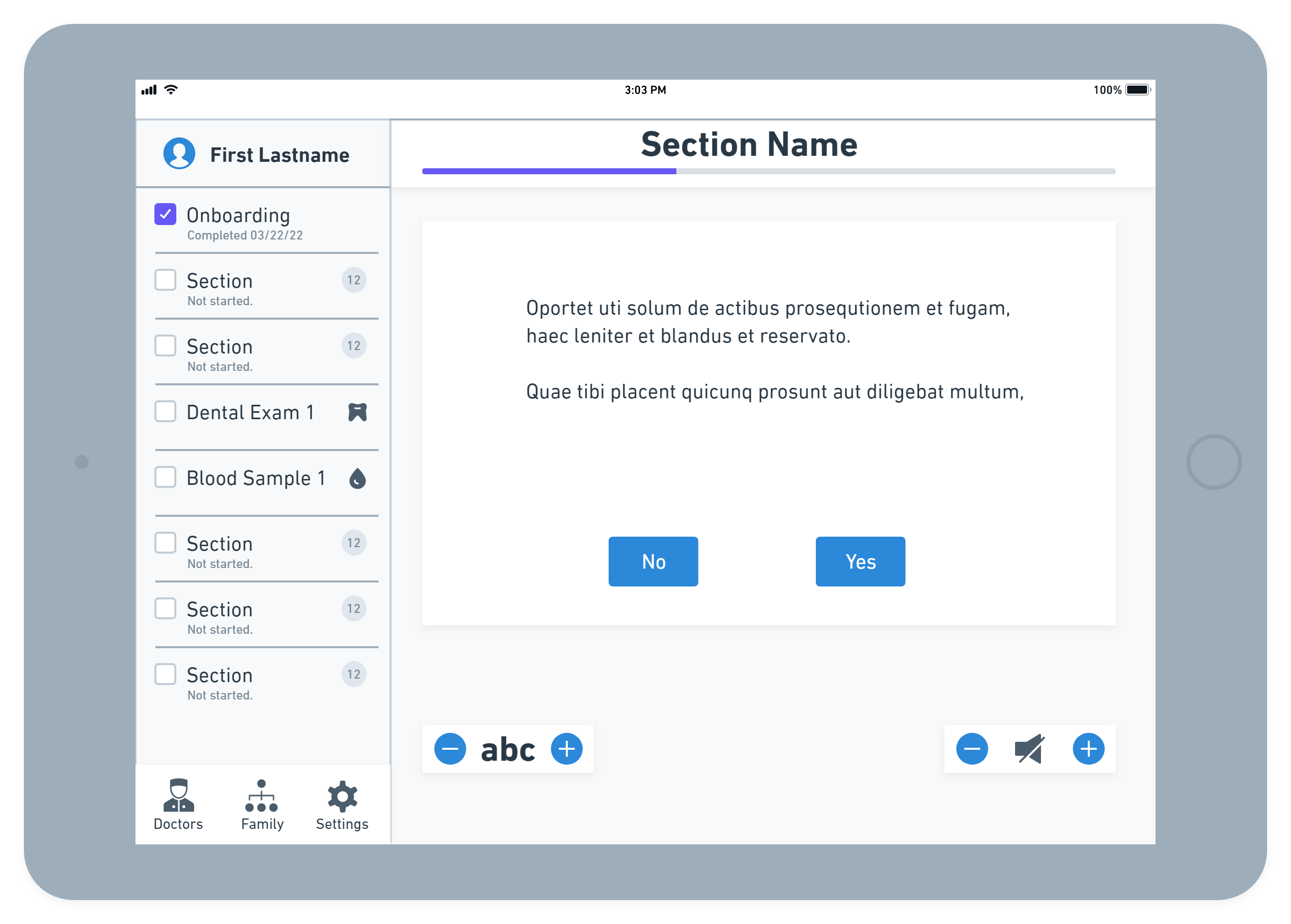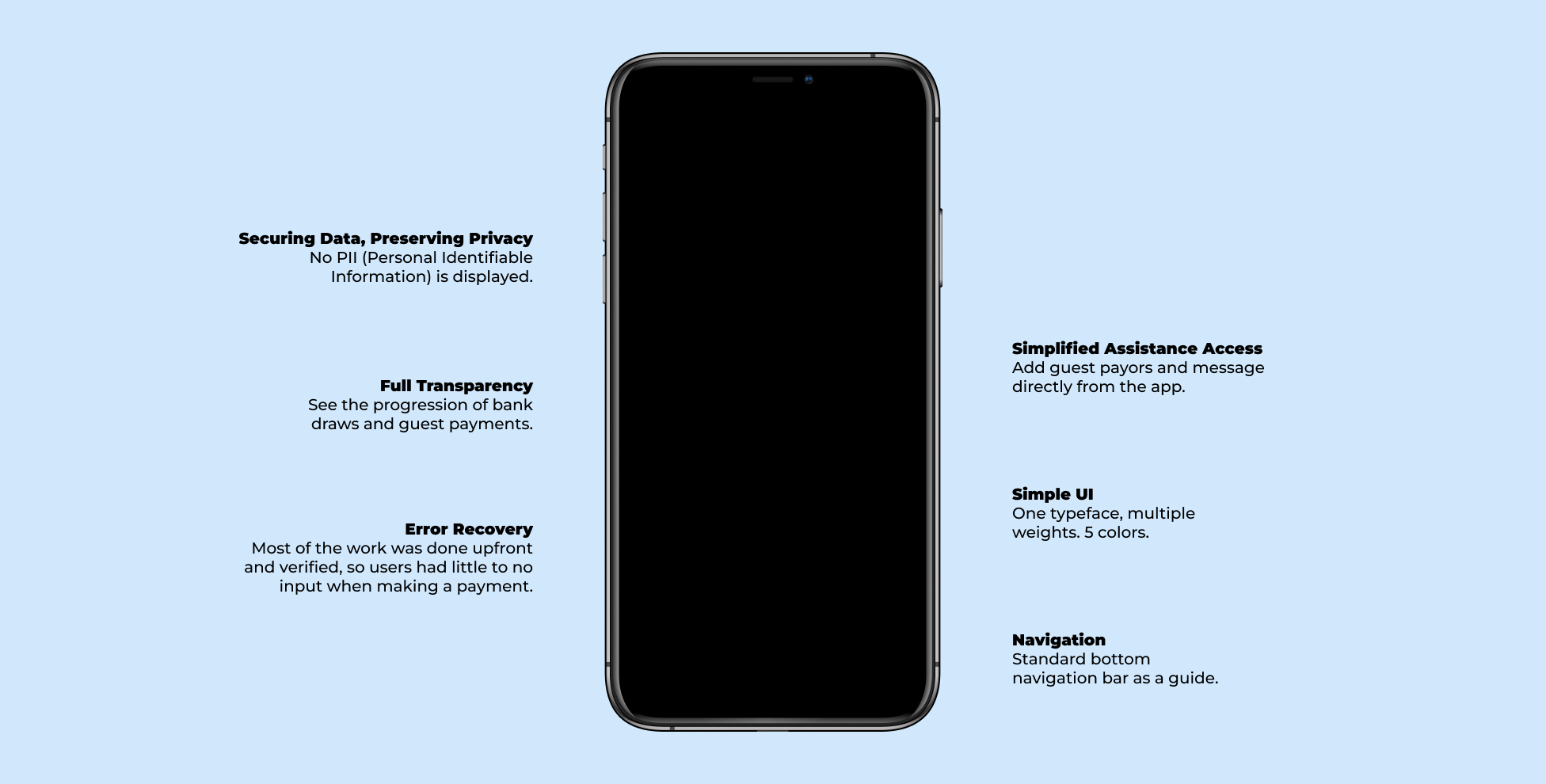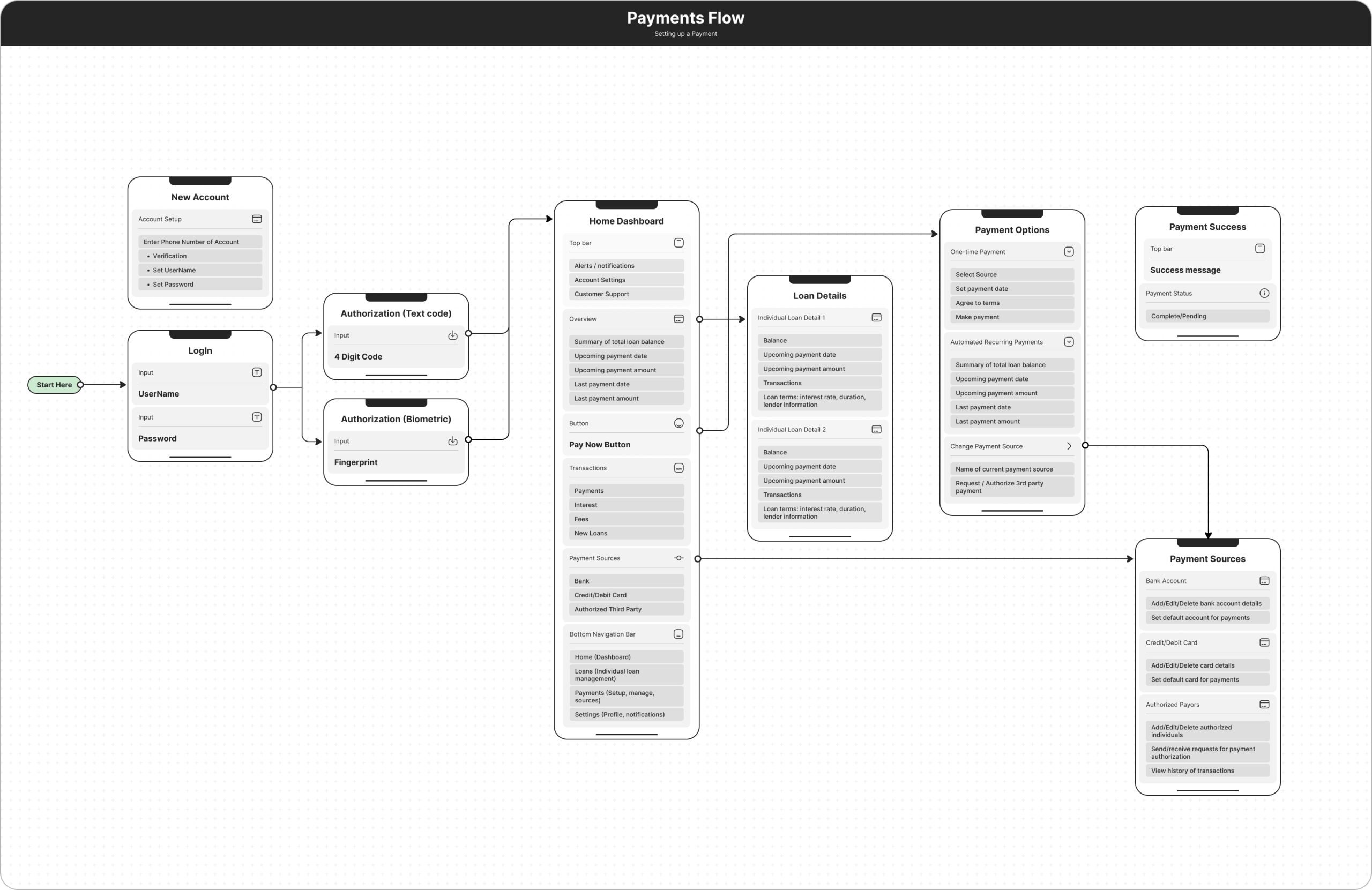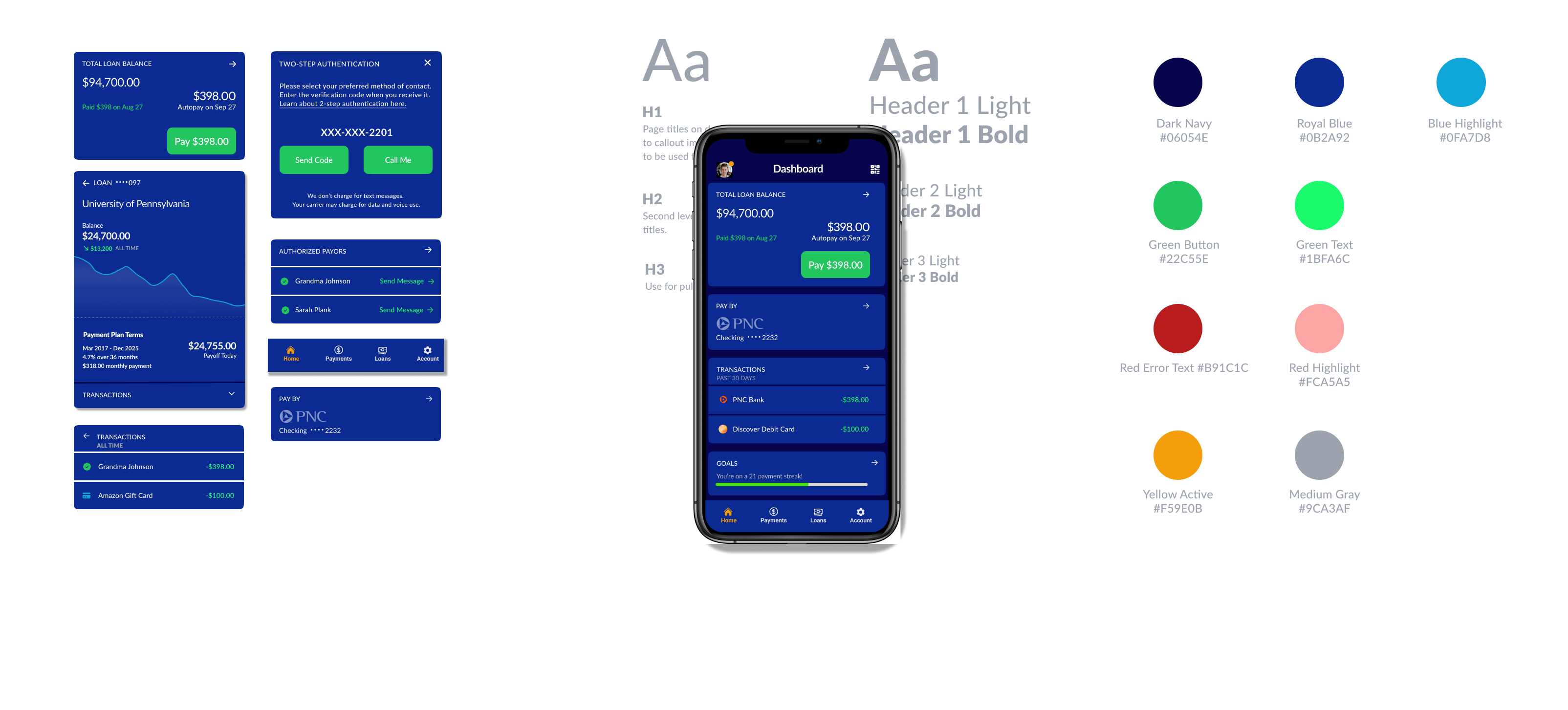Secure Smart payments

Enhancing Health Data Collection in Appalachia
By Bridging Technological and Cultural Gaps
Our goal was to streamline the collection of reliable health data from families in Appalachia, which was crucial for research purposes and the basis of our revenue model.
In the remote and rugged terrain of Appalachia, our project focused on families with limited access to healthcare, serving as primary users for the health data collection system. These families, often facing literacy challenges, required a solution that transcended conventional written surveys. The need was for a user-friendly, accessible method of data collection that respected their challenges and overcame infrastructural limitations like sporadic internet connectivity. By integrating technology with sensitivity to their unique circumstances, our aim was to facilitate seamless health data collection, thereby providing these families with much-needed medical and dental care, while simultaneously furnishing researchers with valuable data.
Lessons learned from this project.
Design for and test in the most challenging environments.
Our users were often in noisy or crowded environments that make it hard to concentrate. We hadn't tested in all the locations early on and had to make adjustments to contrast and text size because they failed in the low light of the real world, whereas they passed with flying colors in the lab.
Make error recovery easy and obvious.
We didn't find this until late in testing because most people would key in the information at a point of error. Auto scrolling to the point of error and highlighting the input without clearing the field helped users correct and move forward.
Make error recovery easy and obvious.
We didn't find this until late in testing because most people would key in the information at a point of error. Auto scrolling to the point of error and highlighting the input without clearing the field helped users correct and move forward.
research & testing
From Insight to Impact: Streamlining the User Experience
We *** Replace text here****

“Don’t Make me Think”
Preloading Data to Reduce Cognitive Load
Originally, users had to enter a unique ID that had no meaning and was hard to remember. This led to customer service calls and abandoned payment attempts. We added two factor authentication and had users load payment methods and complete their profiles during onboarding, making the process infinitely easier.

information architecture & Task Flow

design system
Simple designs and standard mobile UI elements
made the interface accessible and inclusive.

